Grey Magic
December 9 - January 7, 2023A forest dense with honed beams and soft wings, Grey Magic invokes the natural elements of earth, air, fire and water. Each artist investigates realms that evoke a subtle rumbling inside the viewer to generate and radiate more light into the world.
All the works gathered by gallerist Dawna Holloway have something in common. Each one stands in a sacred circle casting a spell of contemporary sensuousness. Surrounded in grace and mystery, magic and potency, the art beckons us in. Come closer, linger, sniff and sip then swallow from the cauldron wafting grey potion. Grey Magic is a lure drawing us from the edges to enter the solidity of earth, the energy of fire, the fluidity of water and the expansiveness of air.
-Erin Shafkind
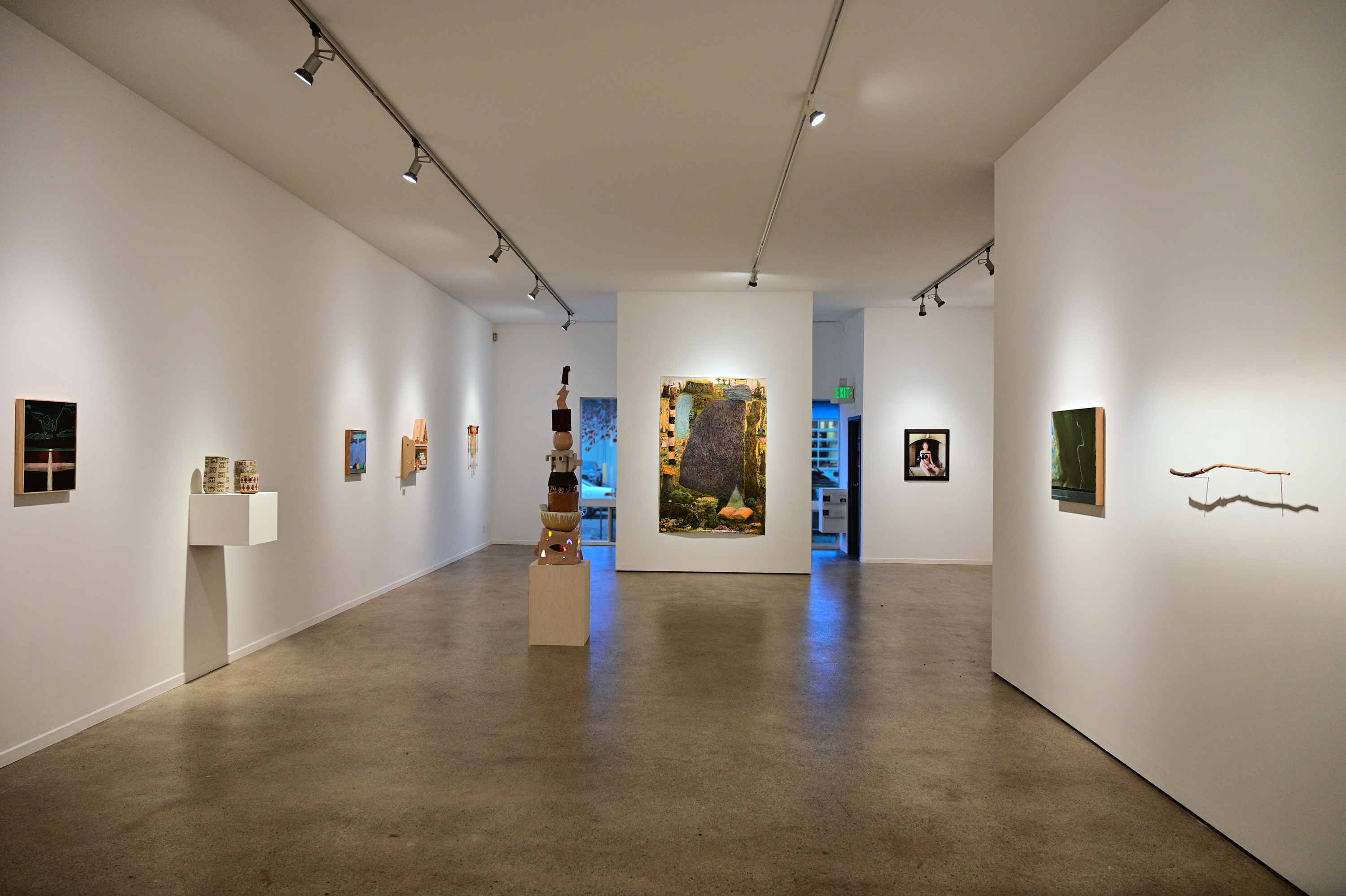
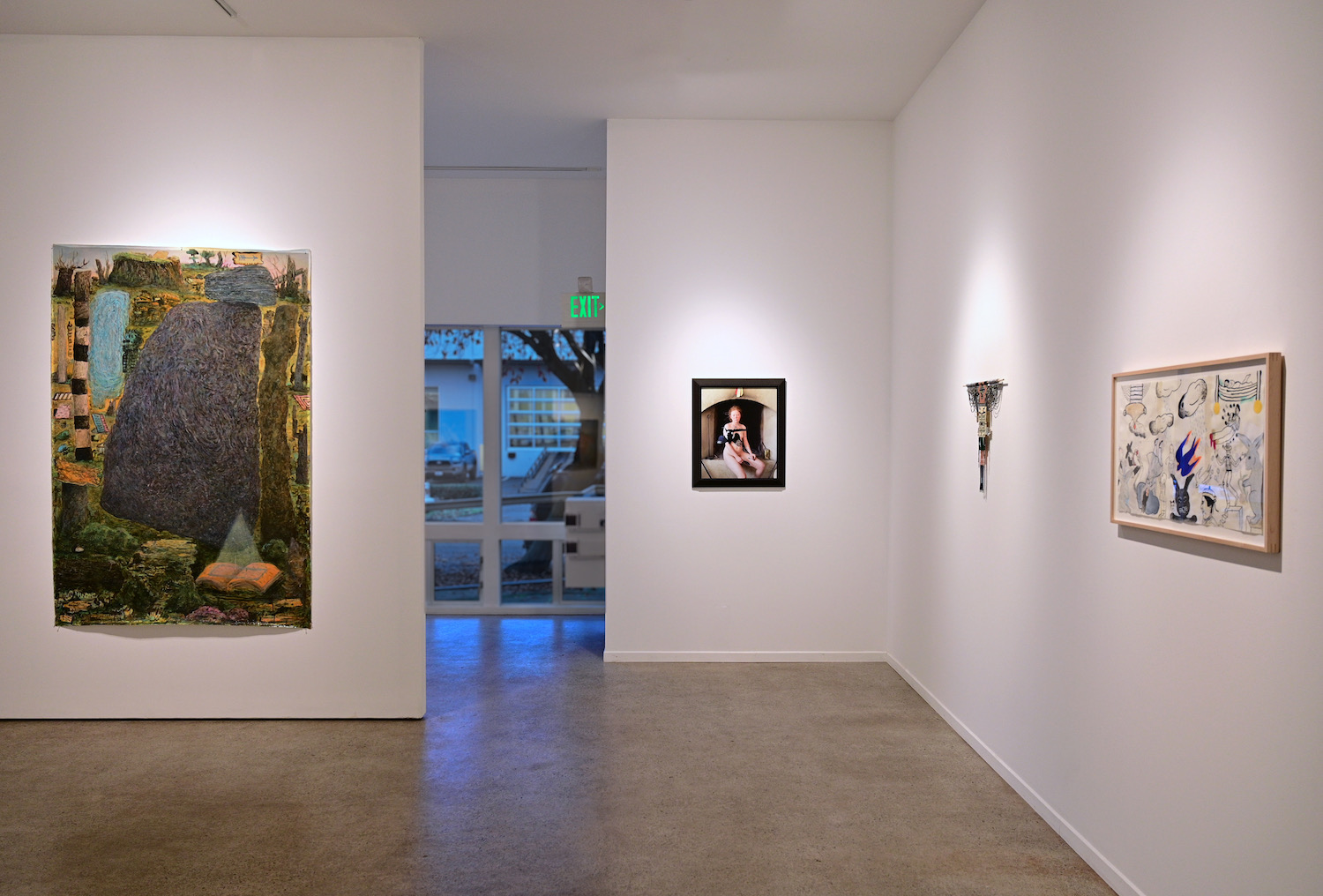

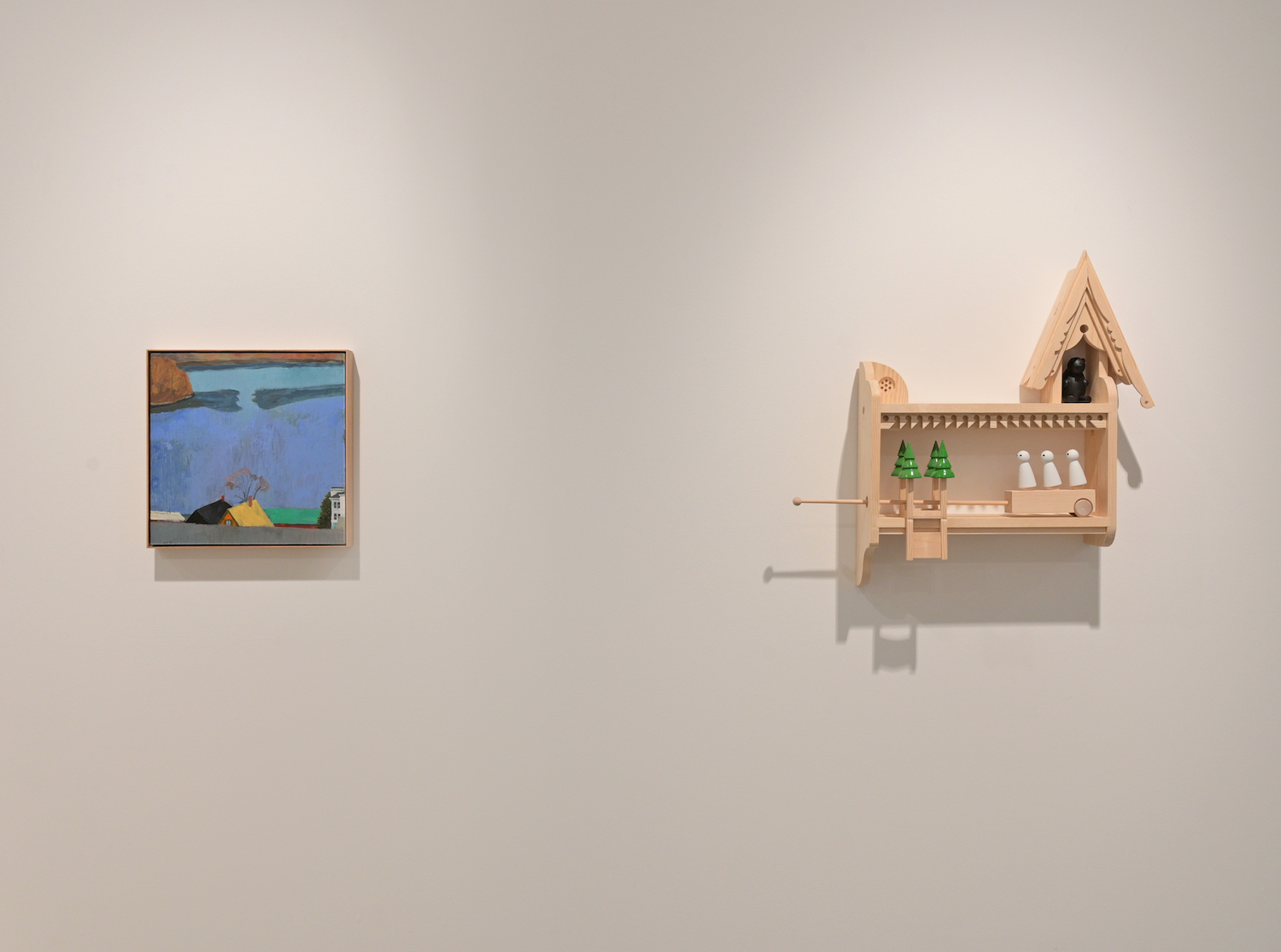
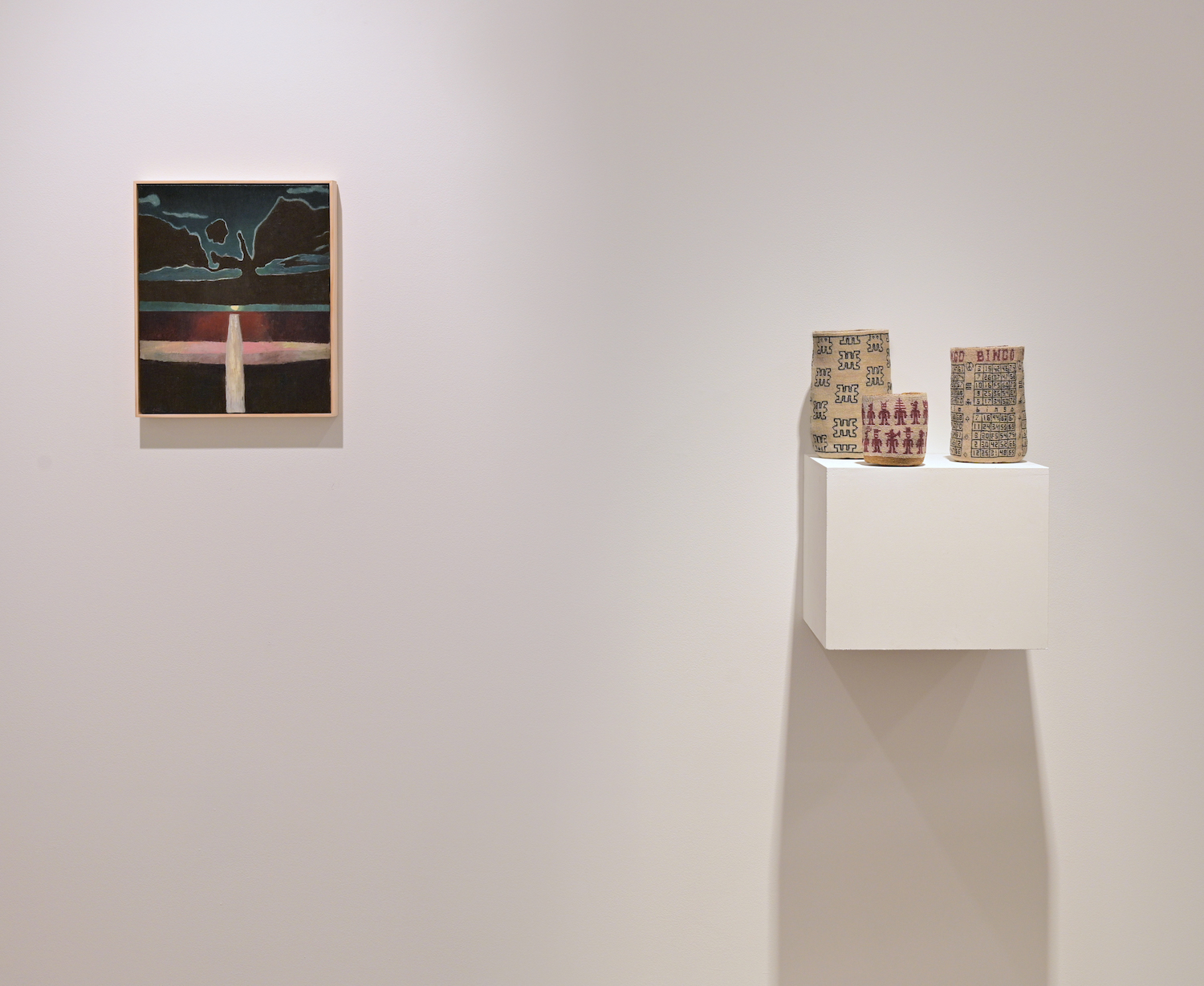



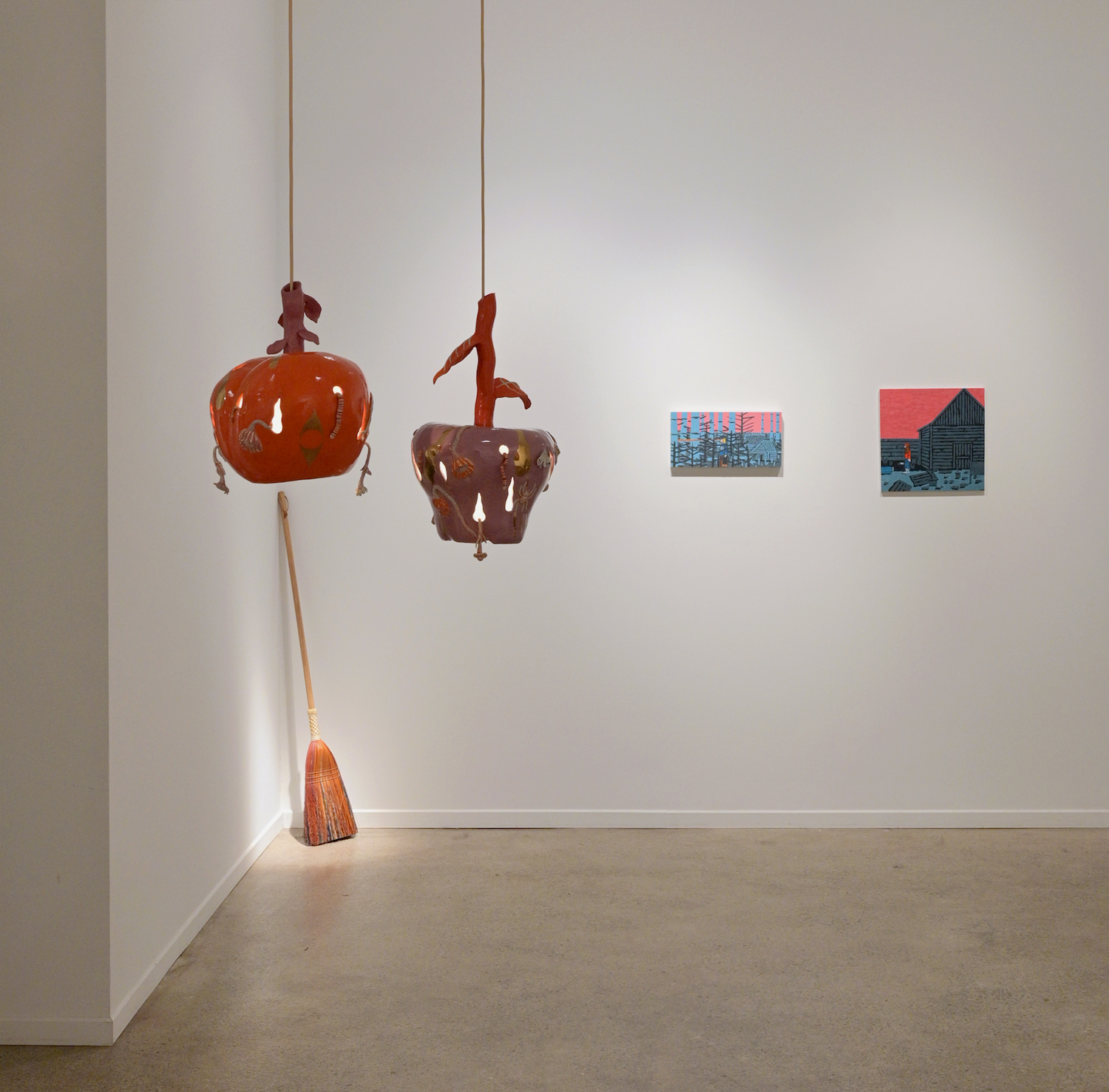


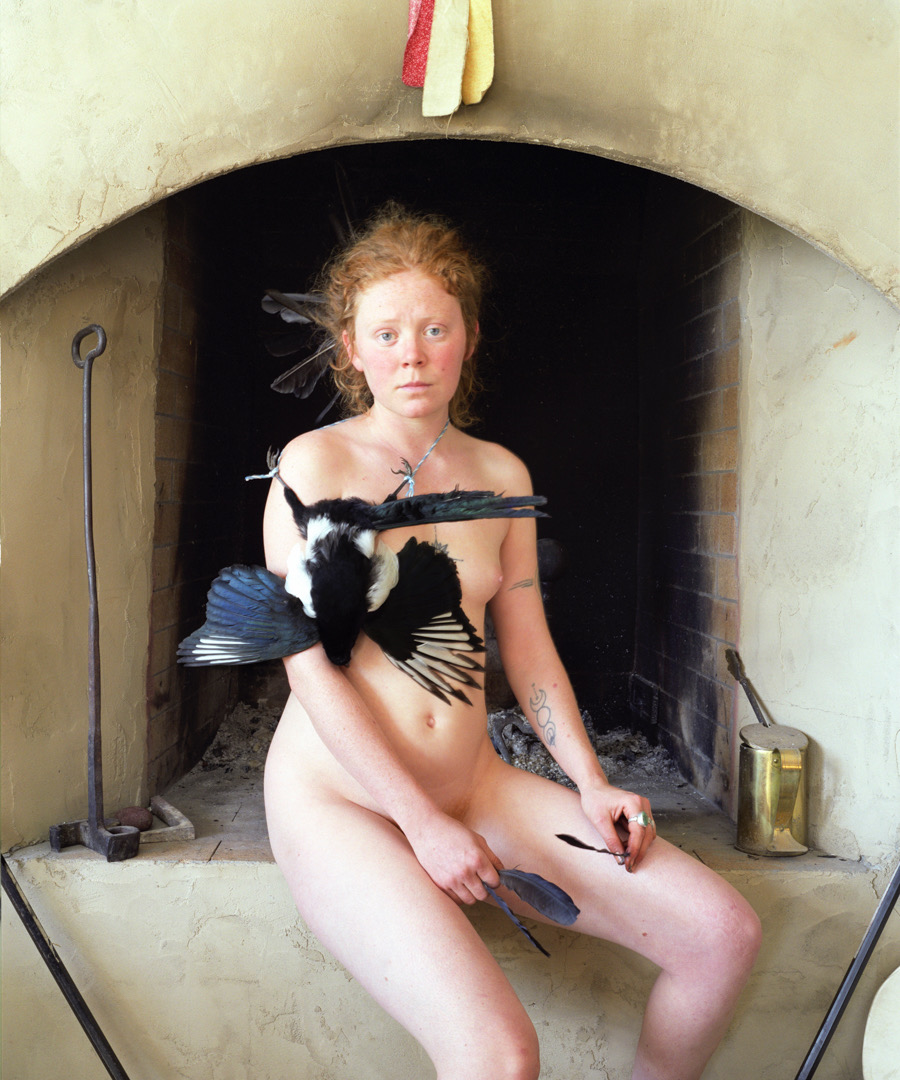
Artists:
Brian Beck︎︎︎
Debra Broz collects and deconstructs secondhand ceramic kitsch figurines, then combines them into reimagined versions of their former selves. Using ceramics restoration techniques, she effaces history by creating seamless reconstructions that are part humor, part mad science, and part tender sentimentality for the rural Midwest where she grew up. In her larger works, she creates domestic installations that combine her reconstructed figurines with sculpture made from disassembled secondhand stuffed toys and discarded furniture.
Broz was born in 1981 in Springdale, Arkansas, and was raised in rural central Missouri. She received her BFA with honors from Maryville University - St. Louis in 2003. Shortly thereafter, she moved to Austin, Texas where she trained as a ceramics restorer and began using ceramic figurines in her art practice. Broz moved to Los Angeles in 2014, and then to Seattle, Washington in 2022. Broz shows with Track 16 Gallery in Los Angeles and Paradigm Gallery in Philadelphia, and has had exhibits at the American Museum of Ceramic Art, Austin Museum of Art, and Houston Center for Contemporary Craft. Her work has been featured in print in Ceramics Monthly, American Craft, and Frankie magazines; in a number of online publications; and in two international surveys of contemporary ceramics.
Emily Counts︎︎︎
Jarid del Deo is a painter living and working in Maine. His oil paintings are about interacting with (and perception of) the New England landscape. Del Deo prefers a long contemplative study of his surroundings, plucking out details that best describe a place. A personal point of view and a sense of oddity are important to him. Walking or driving around and observing are as integral as being in the studio to his creative process.
Joe Feddersen︎︎︎
Stewart Easton︎︎︎
Jessica Flores
For Peter Gaucys, wands contribute to an ongoing exploration of tools and practices people use to focus energy and navigate change. Each wand is offered as a humble tool for situating one’s intentions in a given moment. Peter’s metaphysical investigations include writing and brand strategy for clients such as MIT, The Nature Conservancy, and The Bill & Melinda Gates Foundation. He is a member of Seattle-based creative agency Hotaru, and a proprietor of eclectic retail and visual art venue Orcas Paley in downtown Seattle. Peter makes wand commissions available on a sliding scale.
Fay Jones︎︎︎
Mark Laver
“I make imaginary places out of paint. Starting with a blank surface, I begin in one area, and let the painting grow organically, working without reference to source materials. This series came about by accident, and I find the iconography and symbolism growing and expanding as I go, like a world evolving out of my hand. While music, art history, and philosophy continue to nurture my practice, I let randomness, trial and error, and an inner sense of aesthetic intuition determine the evolution of each painting. This is also undoubtedly shaped by my early immersion in the dense forests, tidal swamps and logging roads of rural Vancouver Island, an adolescence soaked in Led Zeppelin, Pink Floyd, and Dungeons and Dragons, and a childhood of beach fires, stargazing, and Sunday school at a little evangelical church in the woods.”
I consider a painting finished when colour, gesture, surface, symbolism and space intertwine to create a strange, wild place, convincing yet otherworldly, simultaneously embryonic and cannibalistic, primordial and post-apocalyptic, Garden of Eden and Gates of Hell.
“smaller landscapes and night paintings were painted on site, on Vancouver Island and surrounding islands. Completing paintings outdoors in a single session fulfills a need to get outside, immerse myself in weather and practice an all-or-nothing, intuitive method of painting. I approach the landscape not as an observer of things, but as a participant in an event, an ever-changing and open-ended event of which I am a part. Seeing (that mysterious integration of mind/body), thought, and bodily expression—the gesture of the hand wielding the brush—are intertwined and simultaneous.
At night, using a limited palette and often working in near darkness, I work under a light source when available, such as a street light or the moon, or from the relative comfort of the front seat of my car, using the dim interior light and a steering wheel easel I designed and built for this purpose.”
David Kearns︎︎︎
Ruth Robbins is an artist and educator living in Houston, Texas. She holds a MA in Social Practice from California College of the Arts. Her practice currently includes images, sound and text that explore sensations of loss, embodiment, pleasure, delight and desire. Robbin’s collaboration with Red Vaughan Tremmel, Subjects of Desire: Relics of Resistance, was included in documenta 13.
Originally created for the 2018 exhibiton titled Becoming American, Ruth worked with the Berea broom craft studio, which her grandfather founded, to create a broom with one of, her other grandfather, Fival’s poems embedded in its design. The Shaker Braided broom was the first flat broom made and like Jazz one of the only truly American craft traditions. A poem was woven into the broom using a pattern of light and dark colored corn in the woven handle and straw for the whisk. The broom is functional and it was the artist’s intention that it be used as a broom to sweep the exhibition space.
Joe Shlichta is originally from Los Angeles. He studied painting at Otis Art Institute and was studio assistant to the LA painter, Jack Bosson. He finished his degree at Cornish College of the Arts, and now teaches and paints in Seattle.
“As an oil painter, I have always been fascinated by the use color to convey the illusion of space. The Hudson River school, and other early American landscape painters such as Albert Bierstadt were a great influence on my work. These painters who found themselves in early America were often European immigrants, and transfixed by the vision of wide open, infinite space. Their landscapes evoked a feeling of limitless possibility, although often being largely invented and idealized. Seeing these paintings as a boy growing up in Los Angeles, it felt like an imaginary and impossibly romantic vision far removed from my own reality. In a way, my paintings are a search for a landscape I have never known.
Recently, I became interested in Persian carpets, largely due to inheriting several from my grandfather and mother, both European immigrants. Growing up in in an English speaking home, it often felt like our ties to Europe were unravelling slowly with each generation, much like the carpets themselves. The traditional patterns of these carpets were, as I discovered, often symbolic of an idyllic landscape, a vision of a lush garden. These are objects meant to walk on, yet I found them strikingly beautiful. The use of deep, rich color and intricate pattern is a different but equally effective visual language. I began to wonder if there was a way to use pattern and color in painting, while still retaining the illusion of depth and space.
Usually, traditional methods of painting are used to create the illusion of space. Yet it is when I depart from these methods, a tension is created, an imbalance in perception, like a rip in the stage scenery. I find this tension in painting to be delightfully fascinating. The mind wishes to categorize and define a space, and place itself into the landscape. It is my intention to avoid the viewer’s unintentional process of categorization, and create a new visual experience.”
Timothy White Eagle, born in Tucson AZ, is an undocumented urbanized mixed race Indigenous American. He was given up for adoption at birth and raised by a working class white family in Washington state. Due to the circumstances of the his adoption is not a registered member of any tribe. Through DNA testing he found his fathers family and learned late in life that he is half British. He has found genetic, but not personal connection to his mother.
He graduated from Univ. of Utah with a BFA in Theater, worked in Seattle, made art and operated a performance art/coffee house performance venue, “the Coffee Messiah” in the late 1990’s. He spent his 20's exploring performance based art. He has worked extensively in the past two decades exploring Native American, Pagan and other earth based Spiritual practices. He began a mentor/protege relationship with a Shoshone Elder Clyde Hall in 1995. Around that same time he began helping to craft personal and community rituals within his Spiritual circles.
In 2006 he began collaborating with photographer Adrain Chesser. Their work together has been displayed and published nationally and internationally. In 2014 he and Adrain released their book, "the Return". Timothy continues to foster relationships with artists seeking to create objects and performances which contain the convenience of Spirit. He dances at a unique cross roads between art and ritual.
“I have been blessed to be active for the past 25 years in support of Indigenous elders and ceremonies, mostly through connections with my mentors and the Dance for All People. In that time I have been afforded access to many ceremonies and traditional people. I am deeply grateful for the experiences of connecting to traditional communities and ways of being. I continue to support Indigenous culture through my work on the board of the non-profit NCPC.“